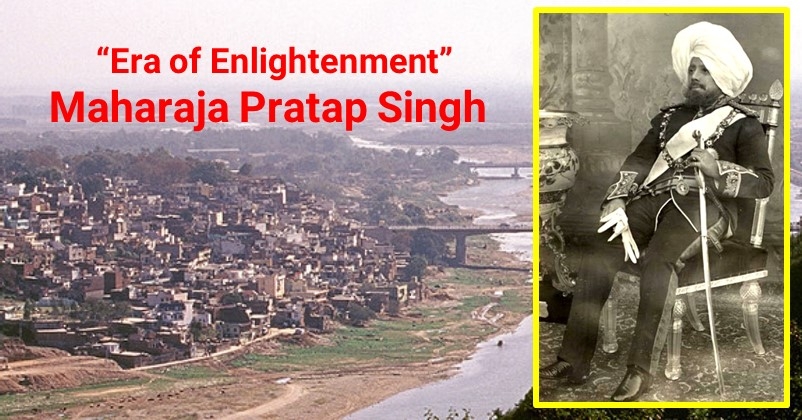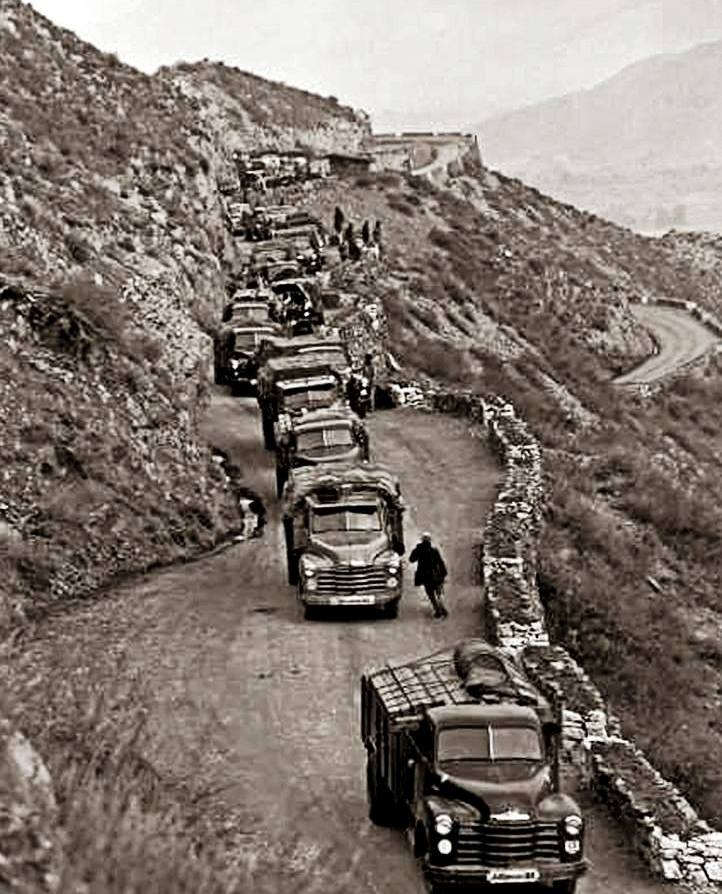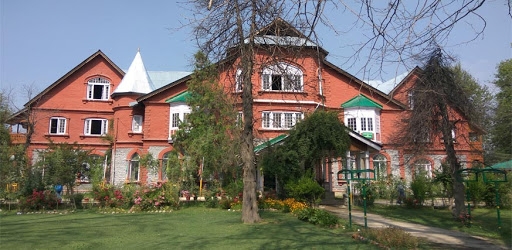Maharaja Pratap Singh: Story of the longest serving Dogra ruler
| 12-Sep-2020 |

Maharaja Pratap Singh, the third Dogra ruler, ruled Jammu & Kashmir for 40 years from 1885 to 1925, the longest of the all the Dogra emperors. He was known for his generous nature, a moderniser and a visionary.
Out of the four Dogra rulers, Maharaja Pratap Singh’s era can be termed as a period of enlightenment for his subjects, particularly for Kashmiris. He did a lot towards establishing local self governing bodies, democratic processes, educational systems, health care and hygiene and infrastructure development during his rule.
By 1925, Kashmir, particularly Srinagar had undergone a significant social and cultural transformation. The valley was connected to the outside world by two major road networks and River Jhelum, which was the central artery of communication was further developed.
Large and small size boats ferried people and goods up and down the river in a systematically regularized manner. Commenting upon his rule, British historian Walter Lawrence wrote, “he has done much to change the position of his subjects. His kindness to all classes in Kashmir has won the affection of his people”. Yet little is known and heard of this visionary and benevolent ruler.

Since he was born at Reasi, he is remembered in Reasi by General Zorawar Singh Memorial Committee on his annual birth anniversaries.
Despite British apathy, Jhelum Valley Cart road, a wonderful mountain road of the world, starting from Kohala to Baramulla was completed in 1889. This was the 1st major initiative in road connectivity. In 1897 it was extended to Srinagar. Thereafter another highway, the Banihal Cart Road (BC Road), connecting Jammu with Srinagar was thrown open to the public in 1922. Besides these highways, many other roads and tracks connecting Srinagar to Gilgit and Leh & many other places were completed.
The benefits of these roads to the general public may be judged from the fact that before Maharaja Pratap Singh’s reign, there wasn’t any Tonga / Bael Gari (wheeled conveyance), nor even a hand driven cart seen in the state.
By the time his rule ended, large boats, B class buses and trucks (motor vehicles) became the principal means of conveyance and transportation.
Besides road connectivity, Maharaja was keen to connect Srinagar with rail. Survey was completed and the plan prepared but it could not be executed because of prohibitive costs.
Another dream project of Maharaja was to build a 79 mile long mono-cable steel ropeway from Jammu to village Doru, across Banihal and from there to connect Srinagar by a 46 mile long light railway. That too could not be started due to lack of finances. However Jammu was linked to Sialkot by rail in 1890 after which Jammu got connected to Delhi and rest of India.
Lot of stress was laid on popularising education. Number of boys and girls schools and hostels were opened. Primary education was made free. Grants for education were budgeted. Several initiatives were taken to educate Muslims. Unqualified teachers were sent to Lahore for training. One degree college each at Srinagar and Jammu were opened.
First one was started in Srinagar in 1905 and was named ‘Sri Pratap College’. The other was established in Jammu in 1907 which was named ‘Prince of Wales College’, commemorating the visit of His Royal Highness, Prince of Wales, the future King George V. As a great visionary, he created institutions of higher learning in Jammu & Kashmir regions. Amar Singh Technical Institute was established in Srinagar in 1914 and Sri Pratap Technical School was set up at Jammu in 1924.

By 1938, Sri Pratap College, with 1187 students was adjudged as the second largest college affiliated to Panjab University.
Real drive in modernisation of health care occurred during Maharaja Pratap Singh era.
Kashmir Mission Hospital was expanded which soon became a hub of health care activities. In 1889, in two largest cities of J&K, Jammu & Srinagar, two govt Hospitals were commissioned. He inaugurated separate hospitals for males (Mardana) and females (Zenana) at Srinagar and Jammu. In other towns and important villages, dispensaries were started under qualified doctors. These initiatives went a long way in improving the health of the people. Smallpox used to take a very heavy toll of life in the valley. Large scale vaccinations were administered in 1894 to prevent it.
To prevent floods in Srinagar a wide spill channel was constructed in 1904 which diverted the flood waters of Jhelum. Several irrigation canals were constructed in Jammu and Kashmir. The longest and most important of these is the Ranbir Canal in Jammu with a total length of 251 miles including its tributaries. It was completed in 1911 and cost Rs. 35,36,714.
This Canal also helped in propelling the turbines of the Jammu hydro-electric stations. Another irrigation channel in Jammu, the Pratap Canal, irrigates vast tracts of land in Jourian, Khour and Pallanwala. 250 rain water harvesting ‘Talabs’ were constructed in Kandi areas with a view to minimise distress of the residents. The power obtained from the hydro-electric works established at Mohara in 1907 was used not only for lighting and industrial purposes but also for dredging in Jhelum.
A silk factory was set up at Srinagar which attained the distinction of being the largest of its kind in the world. In order to feed it with the best quality of cocoons, seeds were imported from Italy and France. A beginning was made in local self-government by establishing municipalities at Jammu, Srinagar, Sopore and Baramulla which improved hygiene and sanitation. Maharaja abolished Muslims Marriage Tax. He closed the state shawl industry to encourage cottage industry.
Maharaja Pratap Singh, born on 18 July 1848, (corresponding to Samvat 1st Sawan 1905), left for heavenly abode on 23 September 1925 at the age of 77 having ruled the longest and done a great deal for his subjects. A question before us today is are we justified in forgetting an iconic ruler? Since he had no heir of his own, his nephew Raja Hari Singh, the ruler-in-waiting, took over the reigns of the dominion on 24 September 1925.